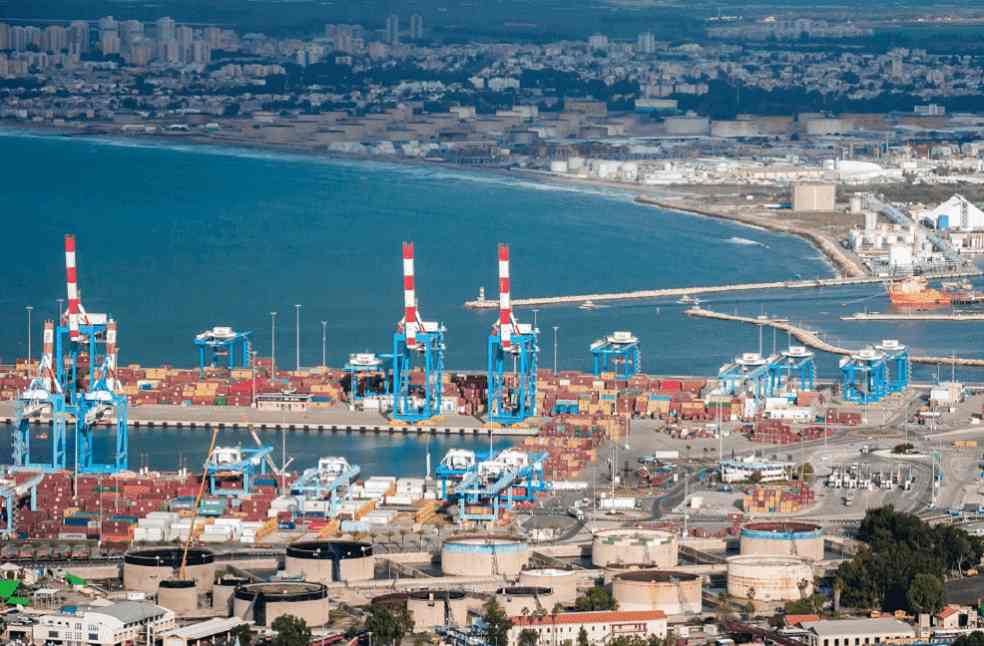2023 marks a year where Cambodia, a seemingly small player in the global market, amazes the world with a stellar performance in exports. Despite the sluggish pace of the world’s economic engines, Cambodia’s trade figures with the Regional Comprehensive Economic Partnership (RCEP) nations didn’t just grow — they skyrocketed.
A report from the General Department of Customs and Excise paints a picture of triumph. Cambodia’s exports to RCEP countries ballooned to an eye-popping $8.17 billion. This isn’t just growth; it’s a leap of 28.8% from the previous year. Cambodia’s foothold in the Asia-Pacific trade arena is more robust than ever.
The RCEP, a tapestry of 15 nations in the Asia-Pacific, intertwines the economies of the 10 ASEAN states with heavyweights like China, Japan, South Korea, Australia, and New Zealand. Since its inception on January 1, 2022, it has emerged as a powerhouse of economic collaboration.

Penn Sovicheat, the articulate voice of the Cambodian Ministry of Commerce, underscores the RCEP’s vital role in this economic upswing. It’s not just about numbers; it’s about influence and presence. The RCEP carved out a hefty 34.6% slice of Cambodia’s total export pie, a whopping $23.6 billion in 2023.
while tallying up Cambodia’s trade with the RCEP bloc, the figures are staggering, over $29.4 billion, shadowing more than 61% of the nation’s total trade volume. Sovicheat’s narrative is compelling: amidst a world grappling with protectionism and shrinking demand, the RCEP stands as a bastion of regional trade and investment synergy, showering benefits on all its members.
Beyond mere economic metrics, the RCEP has been a catalyst for post-pandemic recovery and a fuel for sustainable economic growth across the region. This isn’t just about money; it’s about fostering an ecosystem of peace, stability, and collective prosperity.

Looking ahead, the horizon is bright for Cambodia. The RCEP, alongside other bilateral trade agreements, is a stepping stone to shed its ‘least developed country’ label by 2027. The dreams are big: ascending to an upper-middle-income status by 2030 and reaching the high-income echelons by 2050.
Covering a spectrum from trade in goods and services to e-commerce and intellectual property, the RCEP is set to dissolve 90% of tariffs within its circle over the next two decades.
Ky Sereyvath, an economist with a finger on the pulse of regional trade dynamics, sees the RCEP as a golden ticket for Cambodia to diversify its exports. With preferential tariffs, Cambodian products are now prancing on the global stage with newfound competitiveness.
Thong Mengdavid, from the Asian Vision Institute, looks at the RCEP as a template for regional economic synergy, a template that injects vitality into the region’s economic veins
BUSINESS GENERAL | India-US Trade Forum: New Era of Economic Partnership Unveiled



